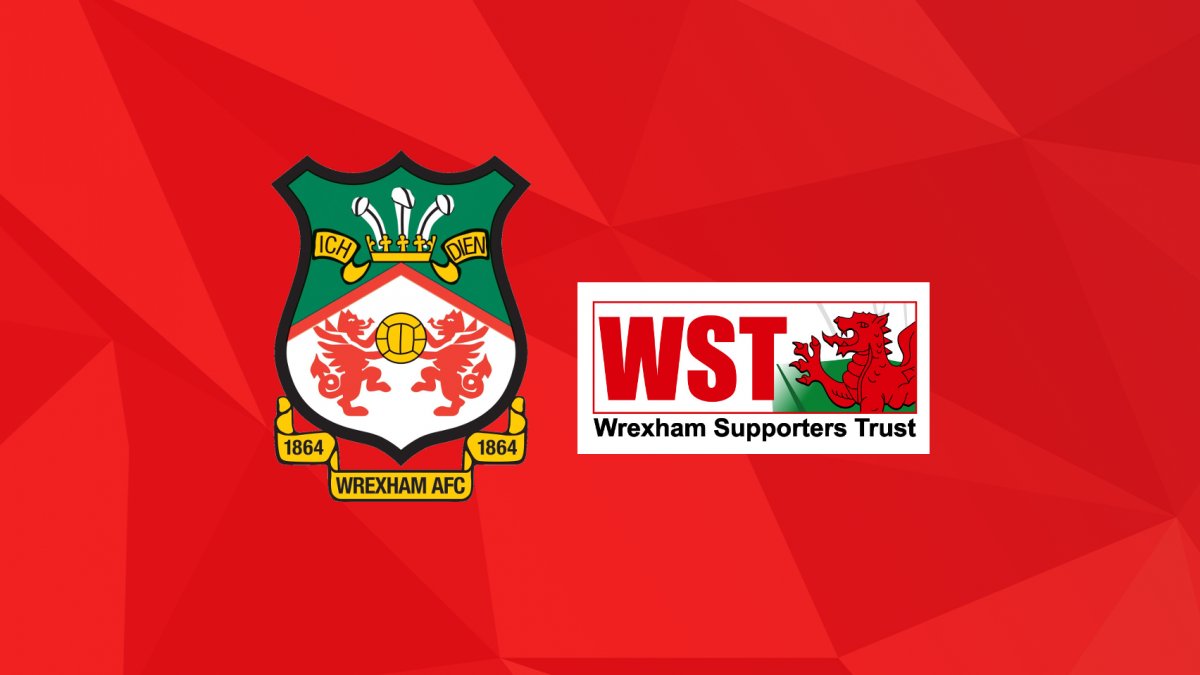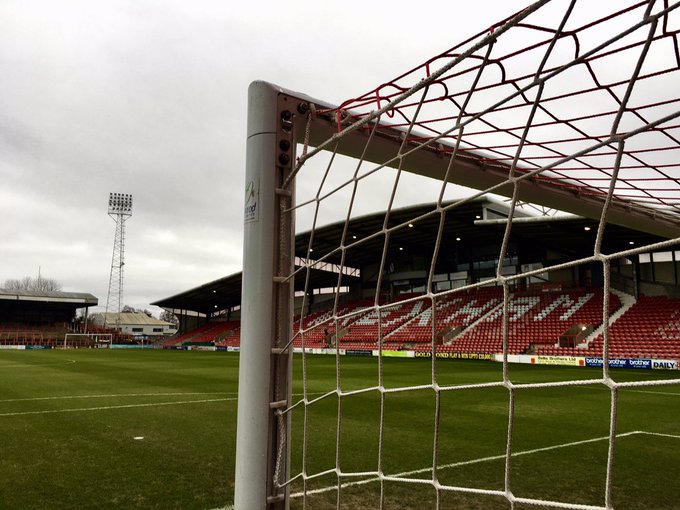Sports teams and their fans have a unique relationship. Some supporters view their hometown teams as representations of the cities/towns themselves. Certain fan bases have profound connections with their teams, supporting their respective organizations with an attitude bordering on religious fanaticism (cough, cough, Pittsburgh Steelers devotees, anyone?).
Who hasn’t met a sports fan whose weekly outlook is determined by whether their team outscored their opponent in the latest game? It’s not rare for supporters to feel as if they are literally part of a team. And they largely are — the roar of a crowd or a chorus of boos can change the entire momentum of games, seasons, legacies. The screams, shouts, and jeers have helped craft some of the defining moments in sports history.
In the case of Wrexham Association Football Club (Wrexham AFC), its fans took the idea of feeling like part of the team a step further. How? They actually bought and saved the club in 2011.
Well, technically, it was the Wrexham Supporters Trust (WST), which ran the club until its latest (and famous) owners took over in 2020.
While everyone knows about the club’s latest acquisition, its fan-funded rescue is arguably just as — if not more — unlikely as the more well-known celebrity-led purchase. Fittingly, this chapter in Wrexham’s history starts with two things inextricably tied to sports: fans and beer.

Photo Courtesy Wrexham Supporters Trust
Wrexham Supporters Trust
Wrexham’s fan trust was founded in 2002 to support the club, but no one could have known how instrumental it would be later. The Trust’s first event was a “Beer a Week” fundraising campaign, and only two years later, it was fighting a legal battle in court with the Wrexham AFC’s owners over the lease of Wrexham’s Racecourse Grounds, its home stadium. When all the dust settled, ownership of the stadium was returned to the club, which was moved into administration until June 2006, when a consortium headed by former director Neville Dickens took over.
The Fall
The new owner offered promises of rebuilding, and there was a lot of rebuilding to be done. The team’s on-field performance had suffered over the years, in no small part due to the Wrexham AFC’s dire financial state and issues with management, facilities, and more.
Unfortunately, Neville Dickens failed to invest in the club’s footballing and financial future. With the club’s debt continuing to pile up, Dickens sold his majority stake in Wrexham AFC to Geoff Moss, his partner on the deal, in 2008.
Wrexham fans were in for some deja vu: Moss didn’t turn the club’s prospects around and transferred the stadium lease to his own company. The Racecourse stadium was eventually sold to Glyndwr University — the positive side of the deal is that it included a provision letting the club play and practice at the stadium and its facilities.
The club’s debts were wracking up, so Moss and Wrexham’s other owners listed the club for sale in 2011.

Photo Courtesy Wrexham Supporters Trust
The Bid
When news of the sale went public, Wrexham’s fans would be justified to complain and groan about their poor ownership luck over the past decade. But instead, the Supporters Trust and others took it as an opportunity to finally change things for the better. As the club’s owners searched for willing bidders, the supporter-led group was raising funds and support for a takeover bid of their own.
Moss did not give them much time. In February 2011, the owner issued a warning: the Supporters Trust had to make a bid quickly or risk government administration from mounting club debts. Moss refused to pay off any more of the debt from his own wallet.
The ensuing months were filled with painstaking back-and-forth negotiations, failed rival bids, and the looming threat of a government takeover. But, ultimately, Geoff Moss and co-owner Ian Roberts agreed to sell Wrexham AFC to the WST in late September of 2011. The deal became official on Dec. 12, 2011, after its approval by the Football League.
The True Underdog Story of Wrexham
The fans had done it — the mounting debt and difficult path ahead notwithstanding. Wrexham’s supporters were now one of the few fan bases that actually owned a team. Over the past century and a half, the club has experienced various ownership eras, but this time was truly unique. This time, the WST would govern the club’s decisions, made up of more than 4,000 steadfast, loyal, vocal supporters.
Wrexham’s 2011 fan-funded takeover was nearly a what-if, almost its final chapter. But, somewhat miraculously, the club managed to survive and, later, thrive.
Now, the caveat is that it is only somewhat miraculous. Labeling it miraculous would be a disservice to the power of fandom. Sports can transcend languages, borders, and barriers — its fans make that possible.
Wrexham’s fans and community saved the club, and as unlikely as it is that they succeeded, by no means is it a miracle. A miracle would be going to a sporting event and having no supporters show up, or your favorite team having a bad game and not feeling a bit of disappointment. All this is to say: while Wrexham AFC’s more recent revival has garnered attention as an iconic “Cinderella” or “underdog” sports story, the football club’s true underdog story is its fan-led rescue.
A community of football fans in Wrexham faced government administration due to millions in club debts, ownership bids from wealthier bidders, and barely any time to raise funds or support. And somehow, someway, that underfunded, over-enthusiastic group of supporters succeeded. Now, that is a quintessential underdog story.
Next up: Fans deal with the reality of owning a club.





